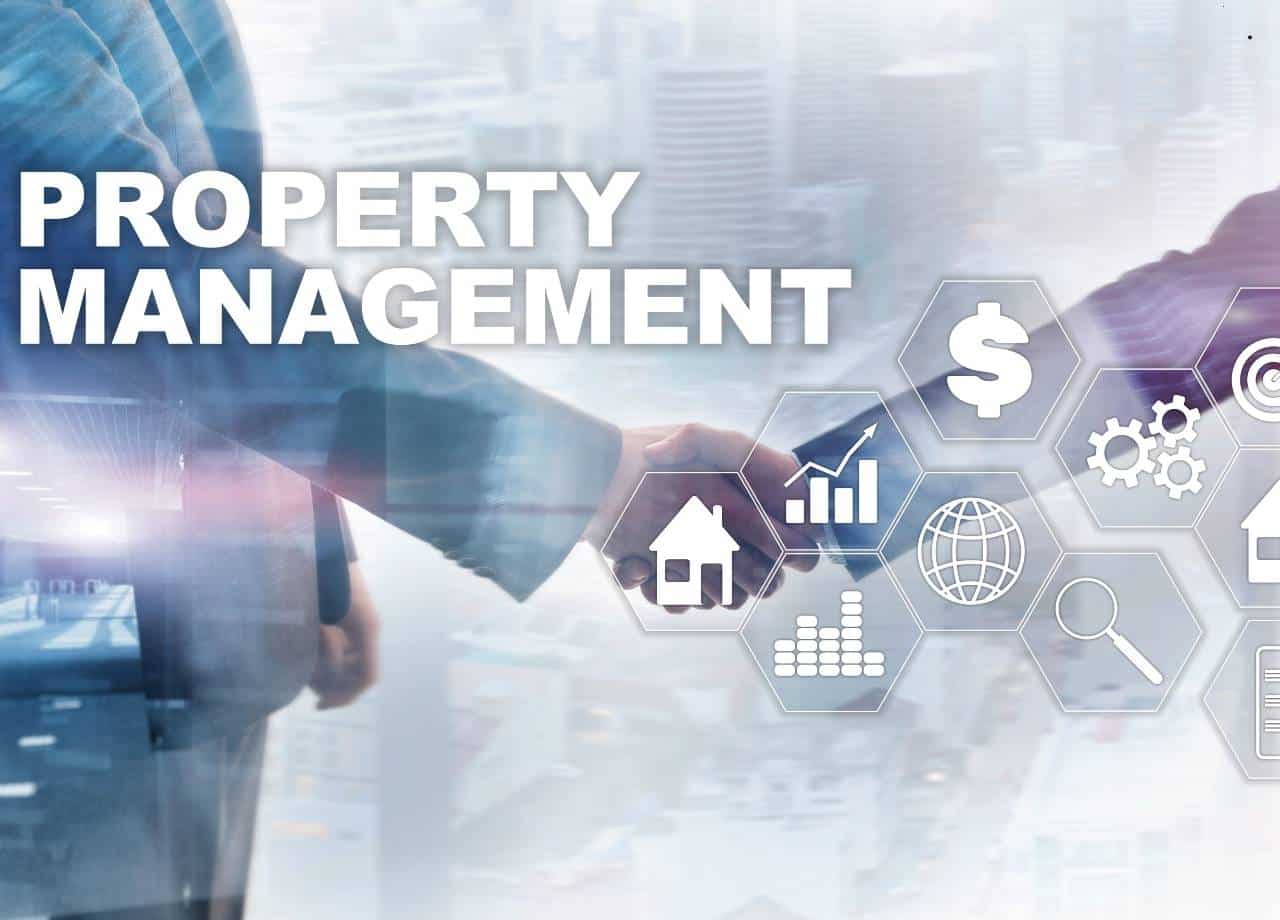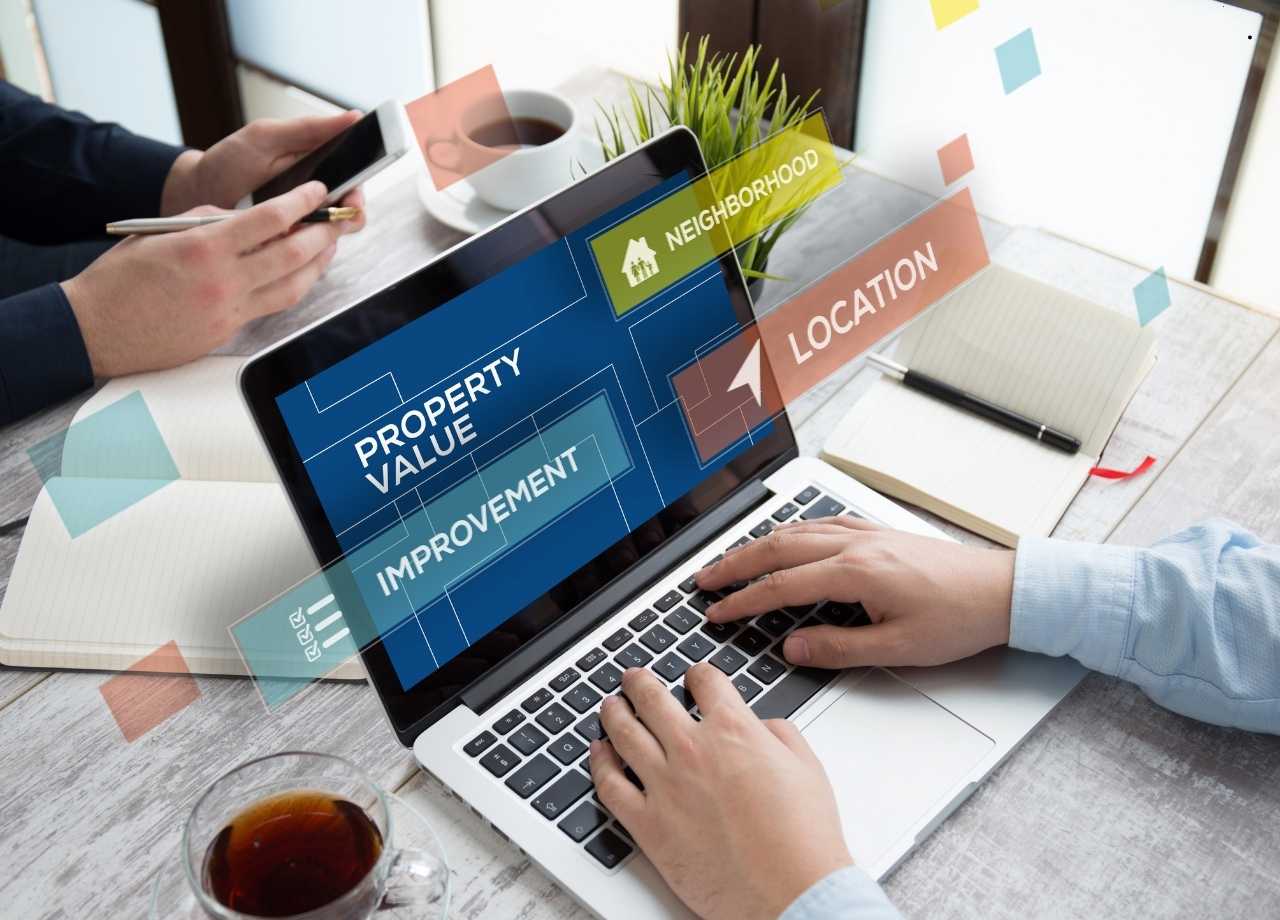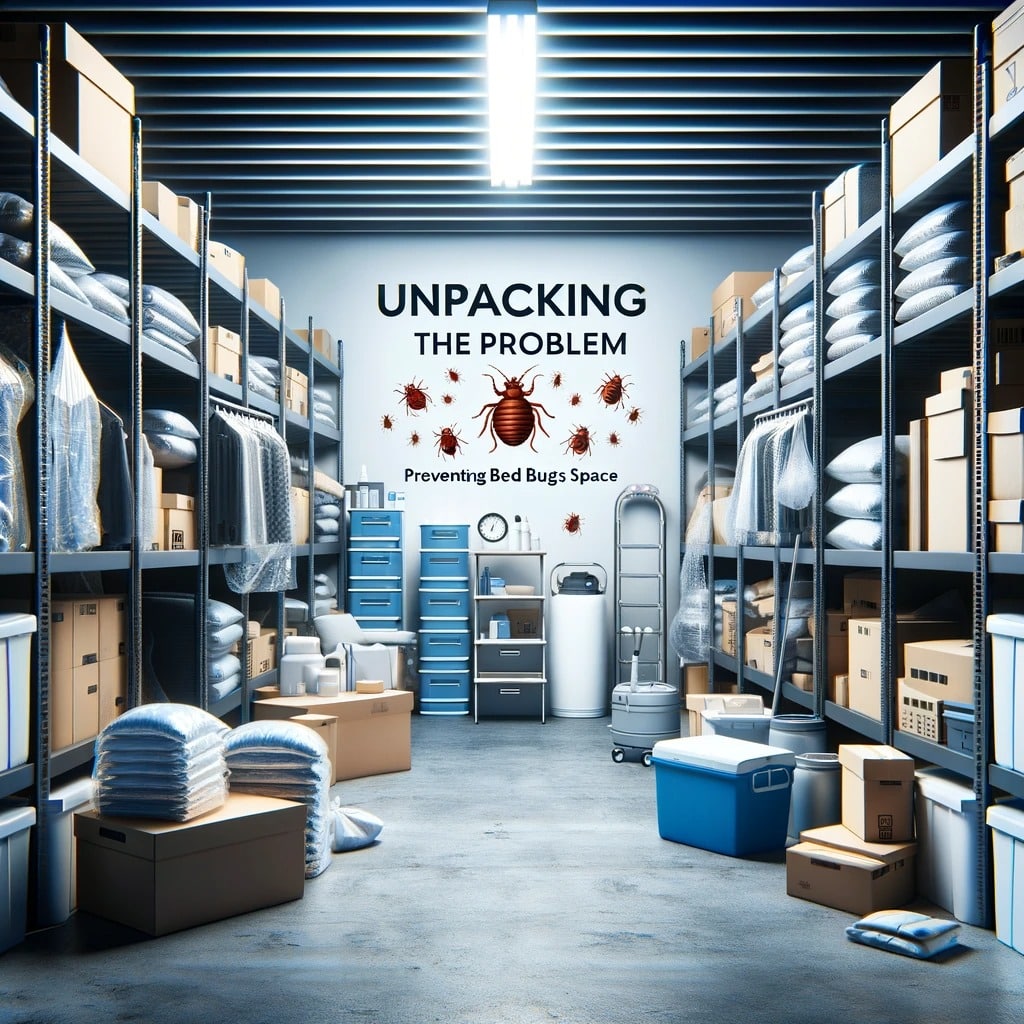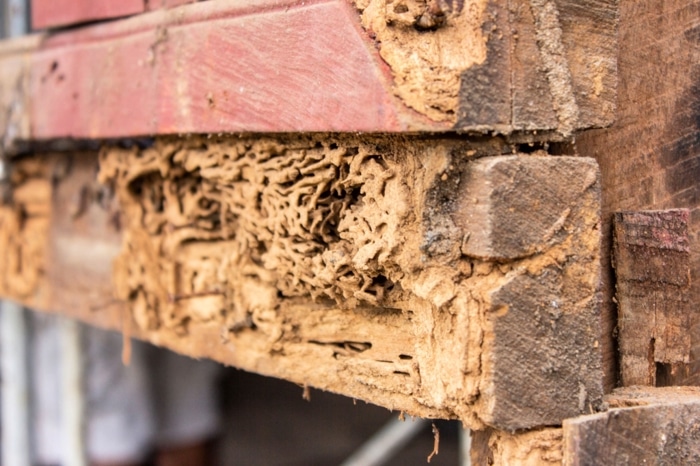Choosing the right property management system (PMS) can feel overwhelming. There are so many features and so many vendors. But a strong system can truly transform day-to-day operations: fewer headaches, easier communication, faster workflows. Here’s what really matters—with no fluff.
Why the Right PMS Matters More than You Might Think
With the proper PMS, teams save time, resident experience improves, and sneaky compliance or maintenance issues are easier to avoid. For example, when pest control services like Pest Share are integrated directly into work orders, scheduling, reminders, and follow‑ups become faster and more consistent—making for less stress and fewer call‑backs.
Core Feature: Integrated Resident Communication
When a resident reports a pest sighting in their apartment, the system needs to handle it from start to finish. That means capturing requests, assigning a technician, notifying the resident of scheduling, and tracking completion.
A PMS that keeps every conversation in one thread, rather than scattered emails or spreadsheets, makes follow‑up reliable. No one wants residents calling because a tech forgot to send a message. Look for a PMS that offers:
-
In‑platform chat or messaging so residents never lose track.
-
Automated updates when work orders are created or closed.
-
Logs of technician notes, photos, or invoices linked directly to service calls.
This isn’t fanciness—it’s the baseline. If a PMS system can’t handle seamless resident communication, pests will be the least of the worries.
Work Orders that Adapt to Your Needs
Whether it’s termite inspections or rodent control, the work order system must be flexible. There shouldn’t be a need for a load of clicks to say “treat for ants.” Here’s what works better:
-
Templates that save time. Create a pest treatment template: type of pest, protocol to follow, when to revisit, etc.
-
Mobile access for technicians. Field teams shouldn’t waste time with clunky interfaces.
-
Photo and signature capture. This cuts down on disputes and shows the job was completed.
In a well-designed PMS, creating complex treatments takes just a few taps, with reminders in place so nobody misses a step.
Scheduling and Calendar Clarity
Pests don’t stop at weekends or holidays. The system’s calendar must display everything—inspections, recurring treatments, follow‑ups—in a way that the maintenance and pest‑control team can trust.
It should show gaps, conflicts, and workloads to avoid scheduling two technicians on the same unit. Alerts for when treatments are due (especially recurring ones) help stay one step ahead.
Consistency here builds trust with residents and ensures no spot slips through the cracks. When a resident asks, “When will the tech be here?” the answer should be exact—not a guess.
Reporting that Drives Decisions
It’s not enough just to collect data—a PMS should help put it to work. Reporting on pest control trends boosts prevention efforts. Imagine pulling this every month:
-
Which apartment buildings have the most rodent reports?
-
How long between requests and treatment?
-
What recurring treatments are most effective?
With charts, date‑range filters, and export abilities, raw data turns into actions. Pest Share’s smart tips can be applied to prevent issues before they escalate. A good PMS does more than track—it enables action.
Integration with Financial and Accounting Systems
A PMS shouldn’t feel like an island. When it connects with accounting software, pest control bills automatically line up with vendor payments. Deposits aren’t buried in spreadsheets. Residents’ invoices are visible in their portal.
This is especially key when offering extra services that residents pay for themselves—like rodent bait stations or termite monitoring. An integrated system ensures no double entries, no missed charges, no accounting headaches.
Consider Scalability and Future Growth
If the portfolio grows or amenities are added, the PMS should grow with it. Planning to add smart‑home sensors or partner with vendors like Pest Share in new locations? Look for:
-
APIs or webhooks to link to external systems.
-
Modular features that can be switched on/off.
-
Reasonable pricing as the portfolio expands.
Cutting corners now often means awkward migrations later.
Top 5 PMS Options Worth Checking Right Now
Here are five systems that stand out based on usability, pest‑control tracking, integrations, and overall value:
-
Buildium
Balances features and simplicity. Strong in work‑order templates and communication. Pest Share integrations work well, especially for recurring maintenance. Reliable mobile app and precise accounting sync. Solid reports, though some advanced analytics may take digging. -
AppFolio
Sleek and modern. Real‑time messaging keeps residents, property teams, and pest techs connected. Built‑in workflows keep treatment protocols on track. Deep multi‑property reporting. Higher upfront cost, but excellent for automation and long‑term compliance. -
Propertyware
Great for managing single‑family homes or smaller apartments. Customizable work orders with checklists—ideal for pest protocols. Clean calendar views and decent mobile tools. Fewer advanced integrations but pairs well with Pest Share’s scheduler and billing. -
Rent Manager
Older, but highly flexible. Strong API support makes integration with pest‑tech apps and billing tools smooth. Steeper learning curve, but great for tracking licenses, technician assignments, and follow‑up reminders. -
Yardi Breeze
Cloud-native and competitive. Easy scheduling with automatic tracking of recurring treatments. Integrates well with vendors like Pest Share. Reliable accounting sync. Lighter on reporting but has a clean dashboard to monitor pest activity trends.
How to Choose Among Them?
It comes down to what matters most:
-
How many units and types of buildings are being managed?
-
Is mobile and field use a must-have?
-
Is deep analytics or simple reporting more important?
-
What’s the budget and scaling plan?
-
How important is direct integration with pest control providers like Pest Share?
Make a weighted list—like “must-have: recurring treatment scheduler” or “nice-to-have: equipment tracking in tech checklist.” Then demo two or three. Try entering a common request like “bed bug inspection + follow‑up” and test how easy it is to schedule, message, complete, bill, and report.
Pest Control Runs Smoother With the Right PMS
When pest treatment is integrated into a property management system, it leads to:
-
Time savings
-
Improved resident satisfaction
-
Better consistency in follow‑through
-
Data that drives prevention
-
Clear, accurate billing
A PMS is part of the operational backbone. Choose one that supports resident communication, pest-specific work orders, mobile tech access, useful reporting, and smart integrations.
Buildium, AppFolio, Propertyware, Rent Manager, and Yardi Breeze are strong options. Test them out using a real-world scenario to find what fits best.
Making pest control part of the PMS takes operations from patchy to proactive—and that’s a win for teams, residents, and the bottom line.






